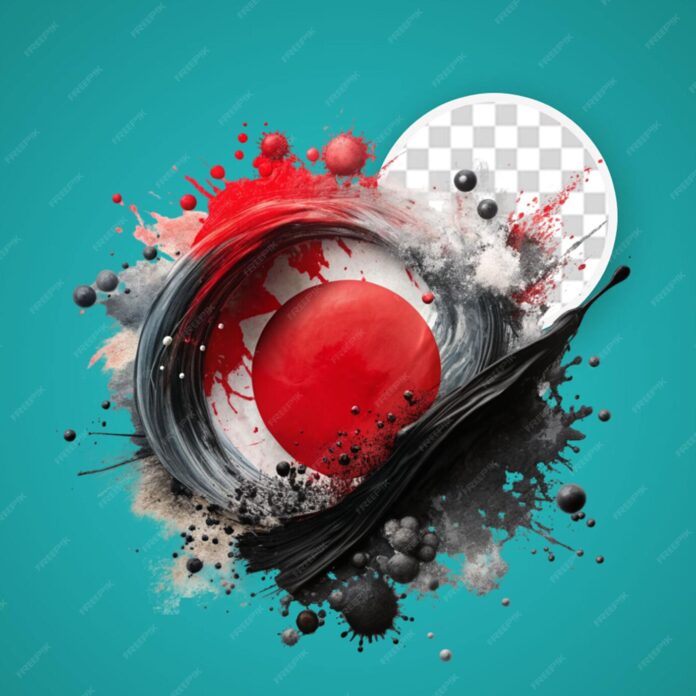Ant Design Library has this component pre-built, and it is very easy to integrate as well. Card Component is used as a simple rectangular container, and it is used when the user wants to display content related to a single subject. We can use the following approach in ReactJS to use the Ant Design Card Component.
Card Props:
- actions: It is used to denote the action list.
- activeTabKey: It is used to denote the current TabPane’s key.
- bodyStyle: It is used to denote the inline style to apply to the card content.
- bordered: It is used to toggle the rendering of the border around the card.
- cover: It is used to denote the Card cover.
- defaultActiveTabKey: It is used to denote the Initial active TabPane’s key.
- extra: It is used for the Content to render in the top-right corner of the card.
- headStyle: It is used to denote the Inline style to apply to the card head.
- hoverable: It is used to Lift up when hovering the card grid.
- loading: It is used to show a loading indicator while the contents of the card are being fetched.
- size: It is used to denote the size of the card.
- tabBarExtraContent: It is used to denote the Extra content in the tab bar.
- tabList: It is used to denote the List of TabPane’s head.
- tabProps: It is used to denote the Tab props.
- title: It is used to denote the Card title.
- type: It is used to denote the Card style type.
- onTabChange: It is a callback function that is triggered when the tab is switched.
Card.Grid Props:
- className: It is used to denote the className of the container.
- hoverable: It is used to Lift up when hovering the card grid.
- style: It is used to pass the style object of the container.
Card.Meta Props:
- avatar: It is used to denote the Avatar or icon.
- className: It is used to denote the className of the container.
- description: It is used to denote the description content.
- style: It is used to pass the style object of the container.
- title: It is used to denote the title content.
Creating React Application And Installing Module:
-
Step 1: Create a React application using the following command:
npx create-react-app foldername
-
Step 2: After creating your project folder i.e. foldername, move to it using the following command:
cd foldername
-
Step 3: After creating the ReactJS application, Install the required module using the following command:
npm install antd
Project Structure: It will look like the following.

Project Structure
Example: Now write down the following code in the App.js file. Here, App is our default component where we have written our code.
App.js
import React from 'react'import "antd/dist/antd.css"; import { Card } from 'antd'; export default function App() { return ( <div style={{ display: 'block', width: 700, padding: 30 }}> <h4>ReactJS Ant-Design Card Component</h4> <> <Card title="Card title" bordered style={{ width: 500, border: '2px solid black' }}> <p>Sample Card Content 1</p> <p>Sample Card Content 2</p> <p>Sample Card Content 3</p> </Card> </> </div> ); } |
Step to Run Application: Run the application using the following command from the root directory of the project:
npm start
Output: Now open your browser and go to http://localhost:3000/, you will see the following output:
Reference: https://ant.design/components/card/

